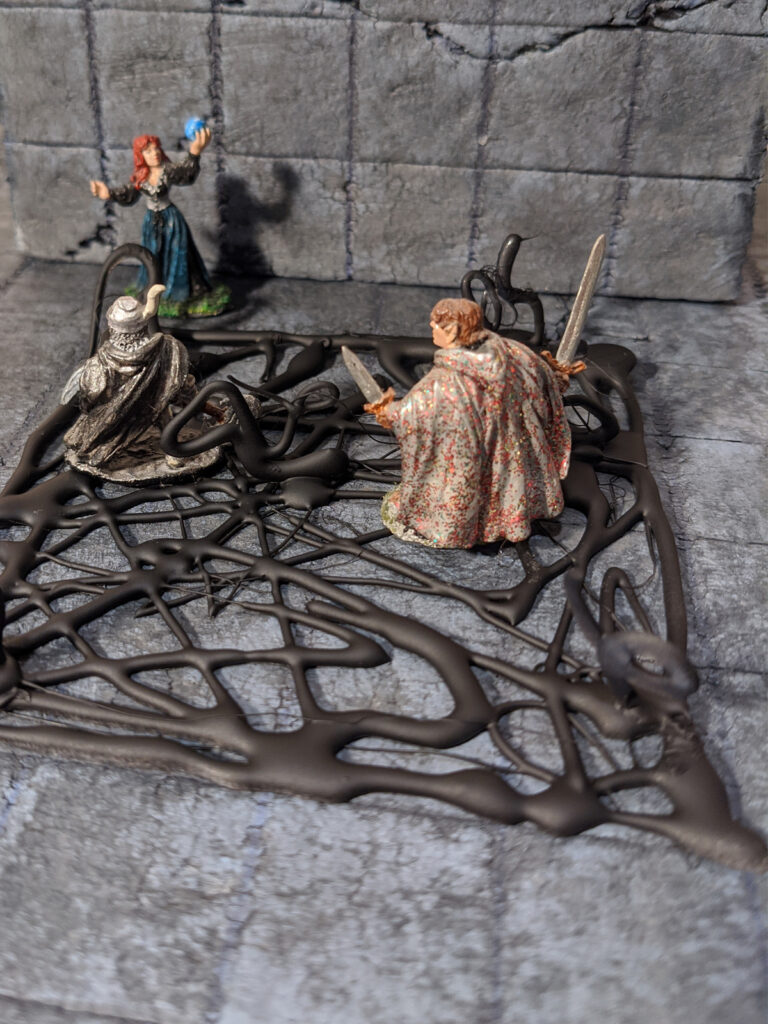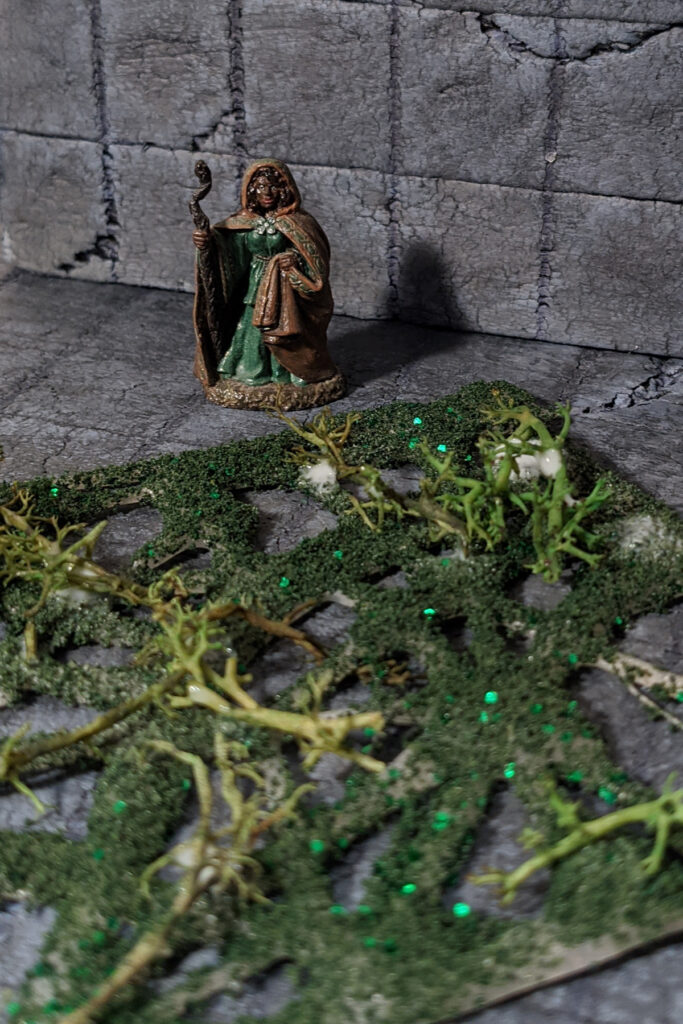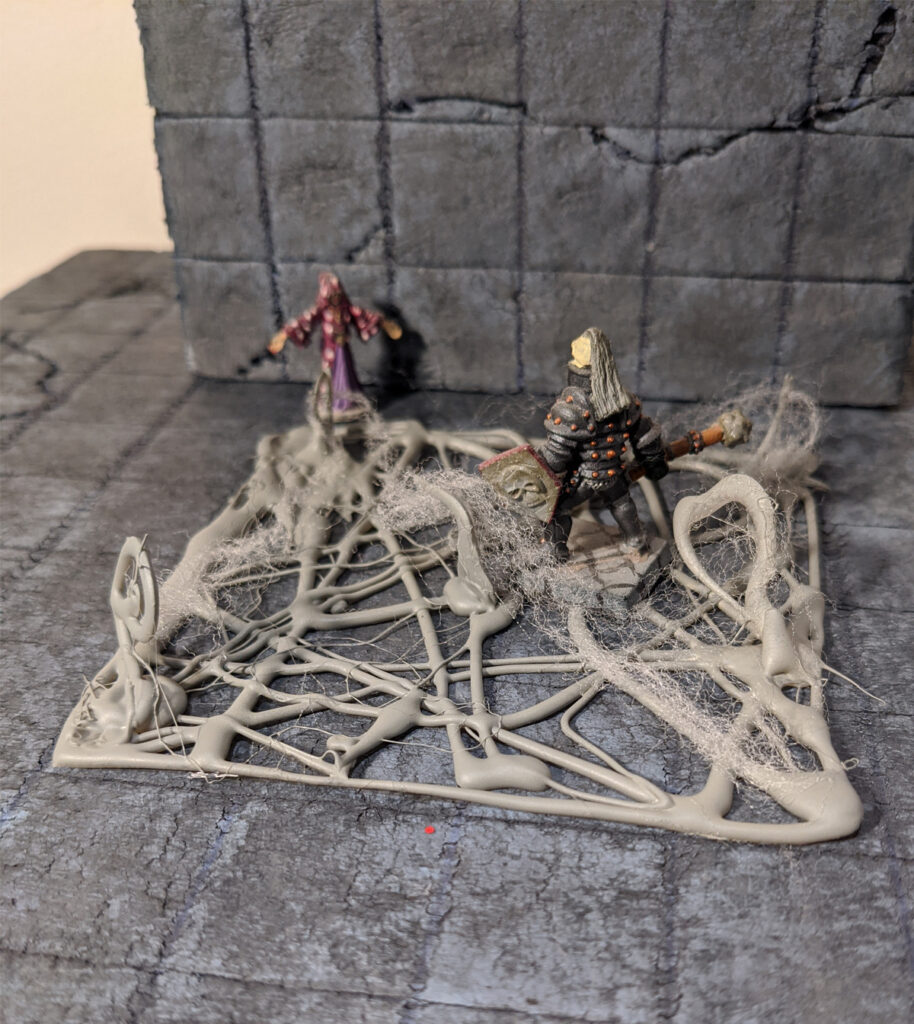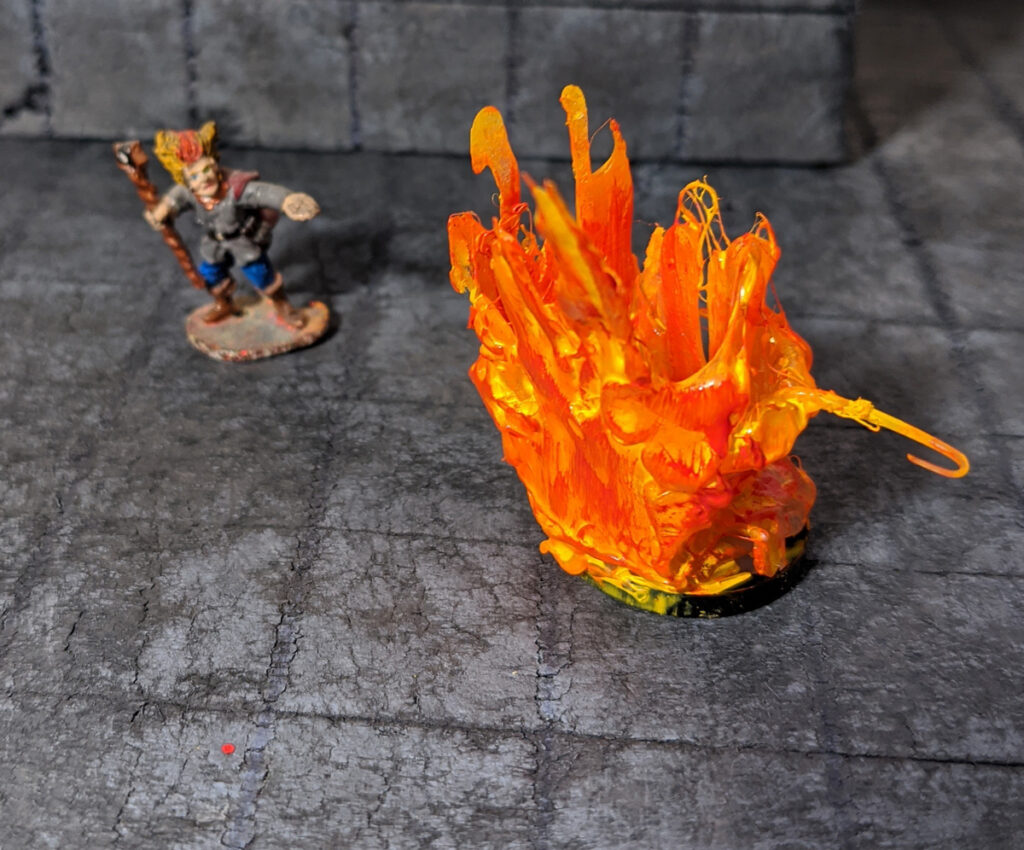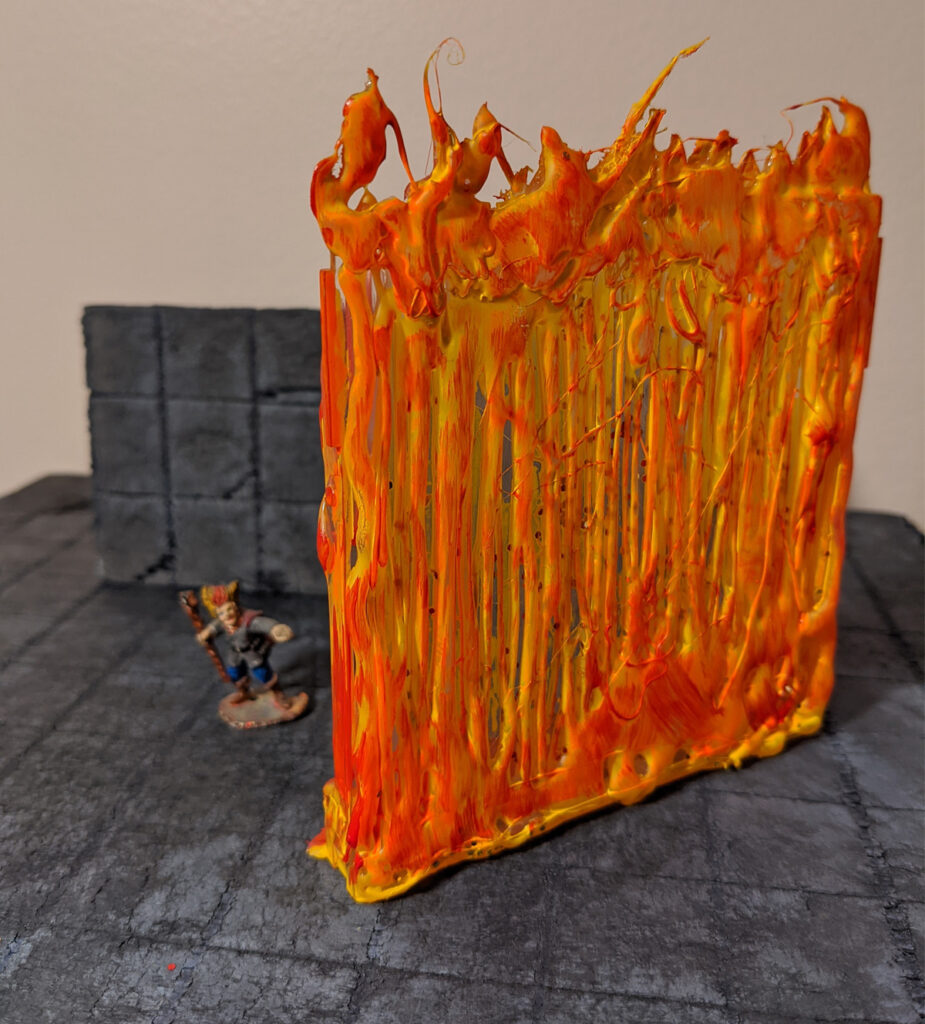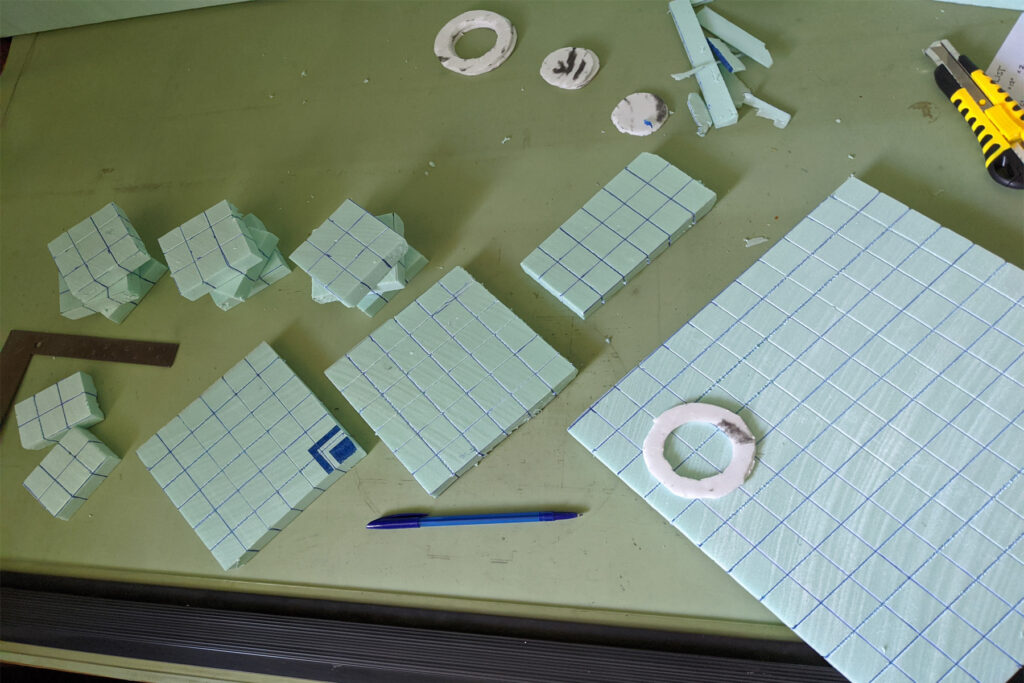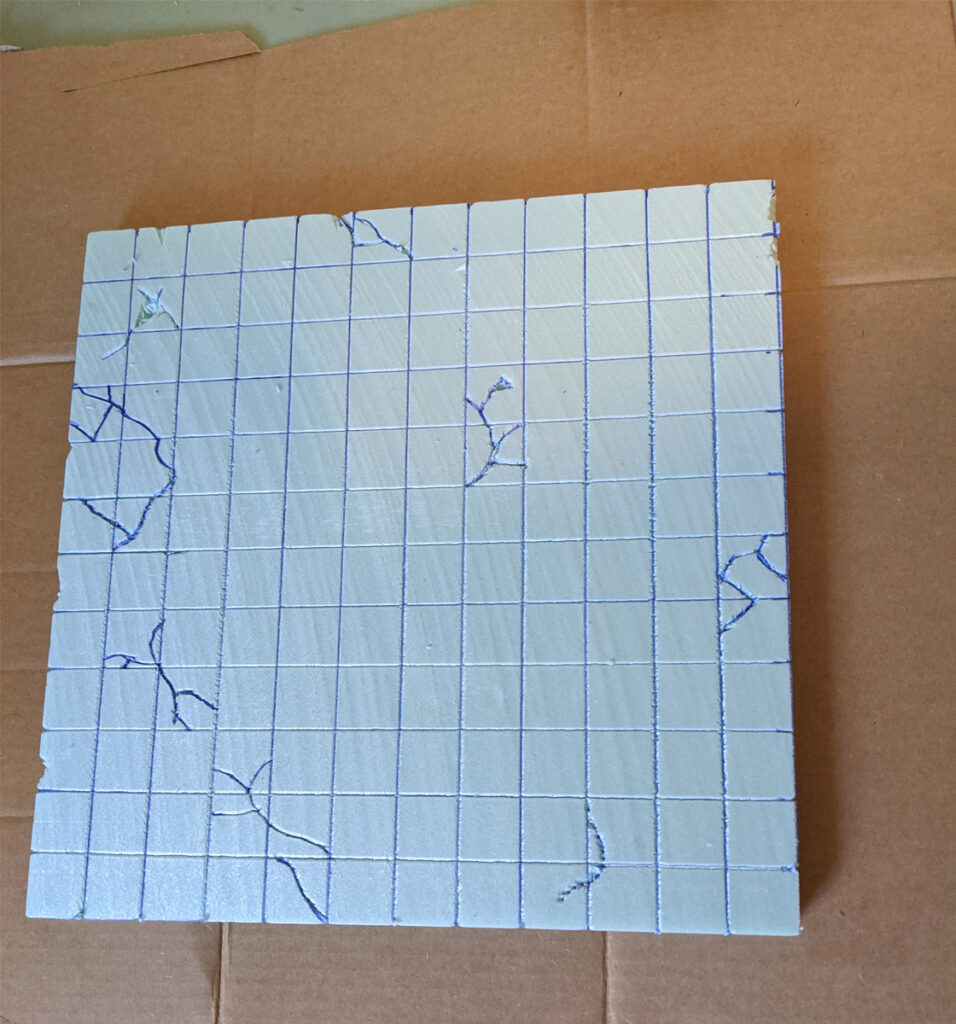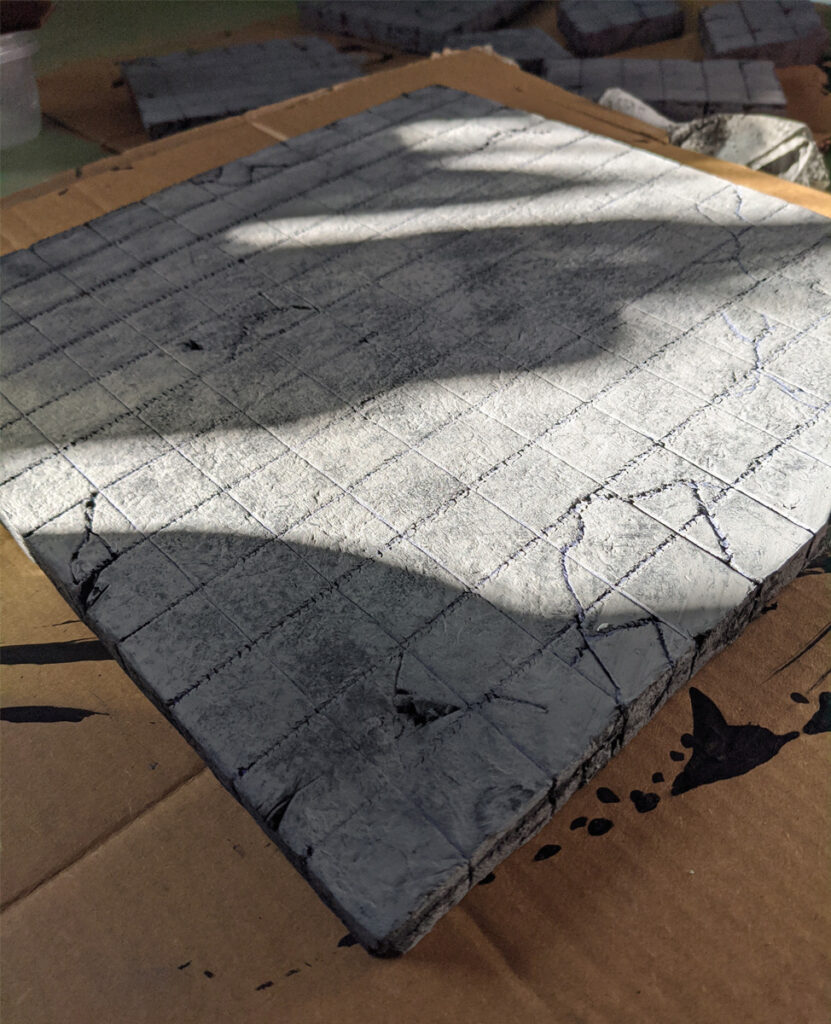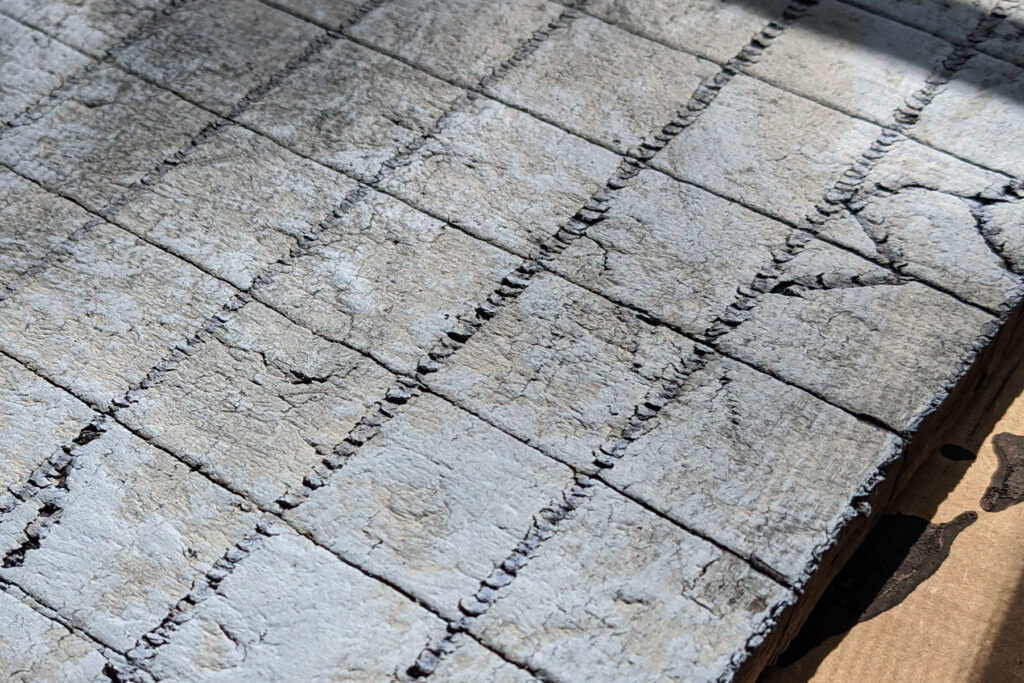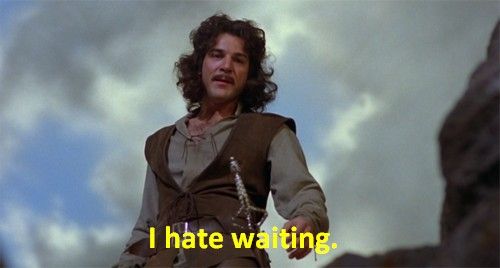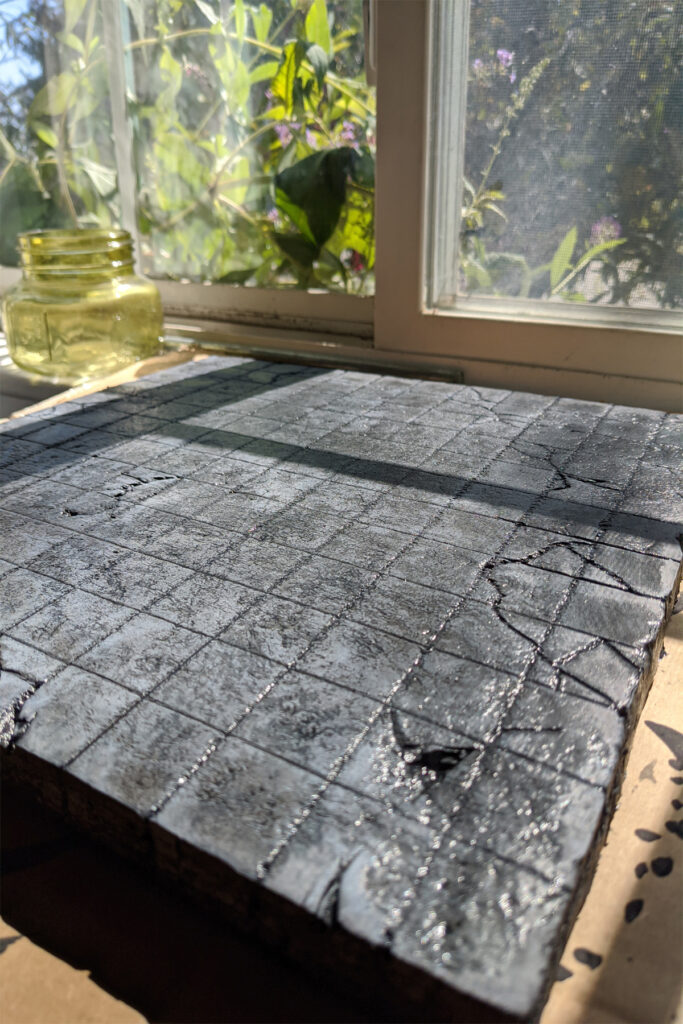I have a lot of actual work to do. I have 2 deadlines for edits that I need to hand in and some website work I need to do to get my site here cleaned up a little. Add a couple of professional touches that I am missing. I just wasn’t feeling it today. As happens so very frequently of late, I couldn’t sleep. My body is still in rebellion about something with aches, pains, and lots of other unpleasantries. So when I finished my second cup of coffee this morning I decided that some crafting was in order. Take on a small project, finish something and see if that would help.
My project of choice today was creating area of effect / spell effects for my D&D game. I picked a handful of spells and set about trying to make them in a form that we can just drop on my shiny new dungeon tiles next time we get to play.
Sculpting things with hot glue is an art form. It takes practice. I gathered up the stuff I needed and laid things out. The spells I decided to create for were web, Evard’s black tentacles, entangle, flaming sphere and wall of fire. I’d seen a video talking about how to go about making most of these before and they felt like things I could handle.
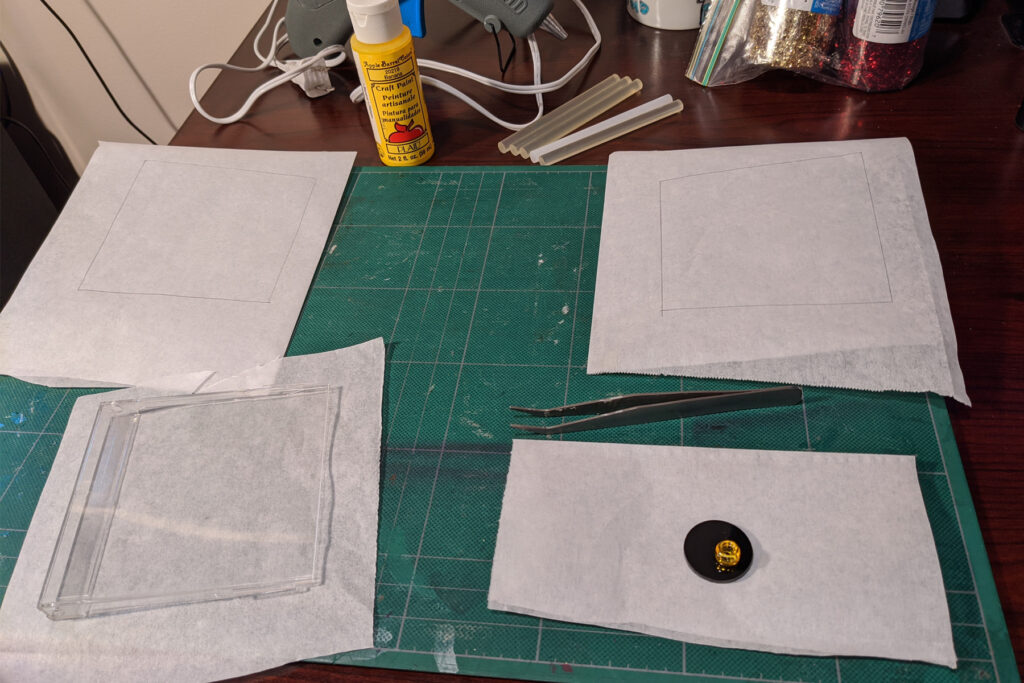
I hadn’t seen the wall of fire before. I’d seen a magic circle spell effect. The concept was the same and, as luck would have it I found this old, flat computer disk case in the bits box. I figured I’d pull it in half and each half would be it’s own wall. I popped on some safety glasses and went after the one side with my craft snippers. Safety glasses were a very good idea, trying to snip parts out of brittle plastic… not so much. After completely destroying one half of the box I decided that minimal changes to the other side was the way to go. I liked the fact that is has a square edge that will help it stand without some kind of crazy extra base addition.
I also had this thought about the flaming sphere. I was going to use a miniature base and start with a clear pony bead. I also planned to sprinkle a little bit of glitter into the glue as it was cooling. I figure that each of these things is a magic spell effect and a little glitter wouldn’t hurt. I thought I could start with a little bit of glue in the center of the base, pop the bead on there then start working my “sphere” outward from there. As it turns out, gravity was not my friend here. It made everything droopy and very non-sphere like. I changed tactics. I laid out a flat set of flames on the parchment paper and decided to curl that around the round mini base. The effect would be less “sphere” but it would still give the idea. I went with it.
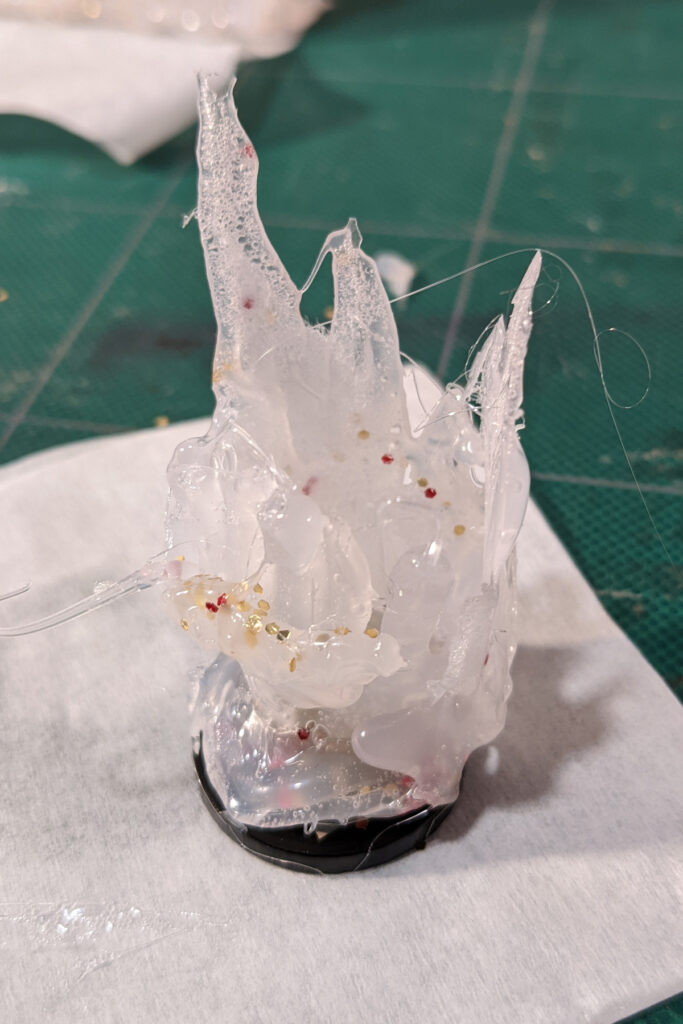
Forged ahead and started laying out the squares for the area effect things like web, tentacles and entangle. Normally parchment paper is really great for not sticking to the hot glue. This time for some reason, when I laid out my squares the paper just would not let go of the glue. I did what I could and pulled them all apart once they were dry. Moving from piece to piece while waiting for things to dry was a big help. This is a definite bonus to multitasking.
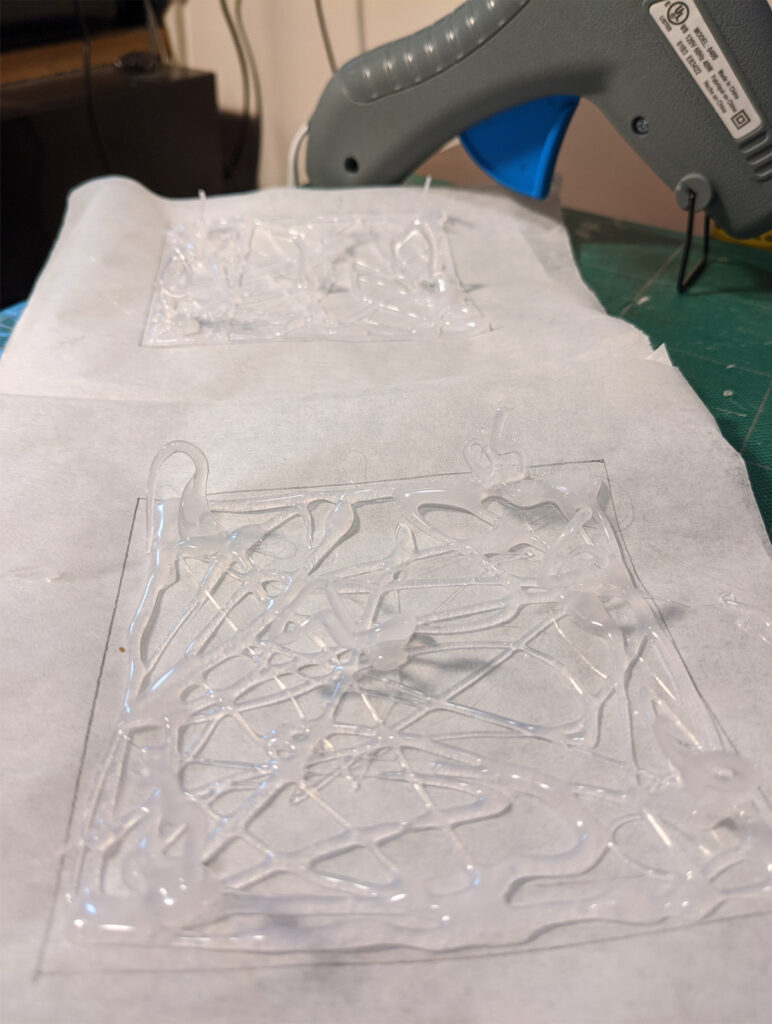
I gave a little bit extra to each of my squares. Some of it worked, some of it really didn’t. I used glow in the dark paint under the entangle spell. I added a little green glitter in with the flocking. I tried to get one or two extra bits of vine to stick and stay. The glow works where you can see it, if it’s dark enough. The flocking doesn’t look as great as I want it to and the vines just keep flopping off no matter what glue I use. I spray finished the whole thing and I’m just going to hope for the best. I added a little webbing from our Halloween decorations to my area effect for the web spell. I only painted the tentacles… and they seem to have turned out the best.
Painting the wall of flame and the flaming sphere worked out pretty well I think – and the wet palette actually is a super cool way to handle paints. I now understand why so many folks talk it up. I needed to take a break in the middle of these projects and when I got back all the pain was just as if I hadn’t left at all. I’ll be looking to the wet palette from now on.
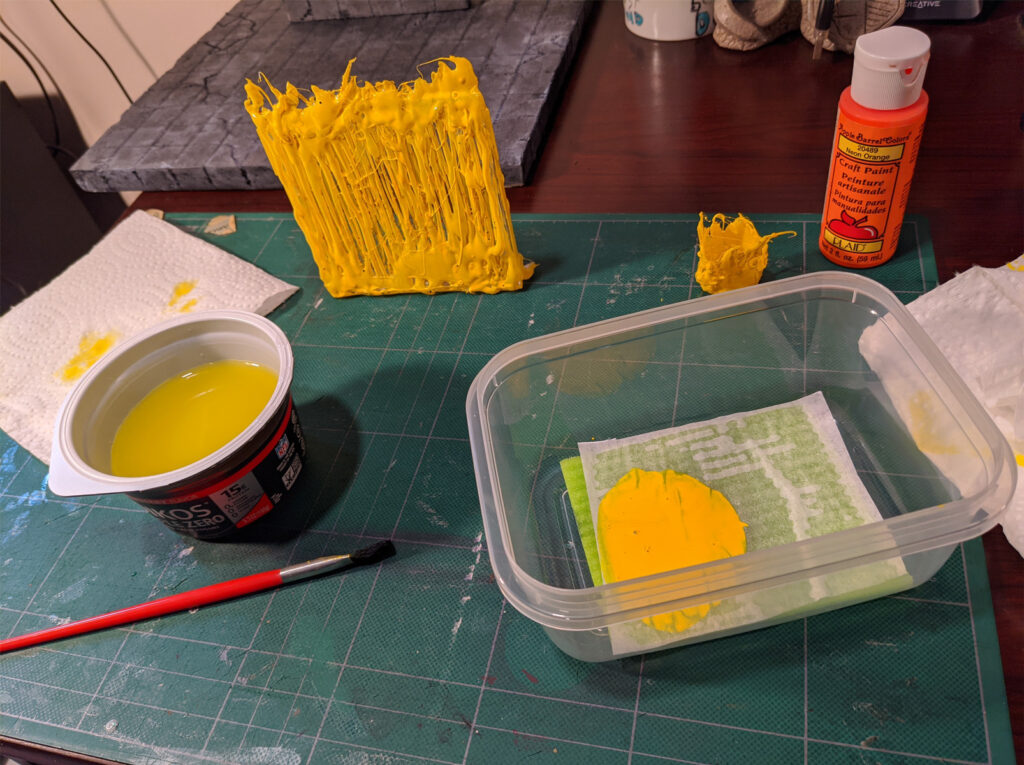
I struggled with various parts of each of these projects. The biggest issue I have still, is patience. I’m working very hard at getting better with this. Paint needs time to dry. Glue needs time to dry. Hot glue needs time to dry of you’ll burn your damn finger… again. Sometimes the effect you think will be great doesn’t work out that way. It’s a learning process. I’m looking forward to doing a lot more learning on these sorts of projects moving forward.
Here are some of the finished looks:
